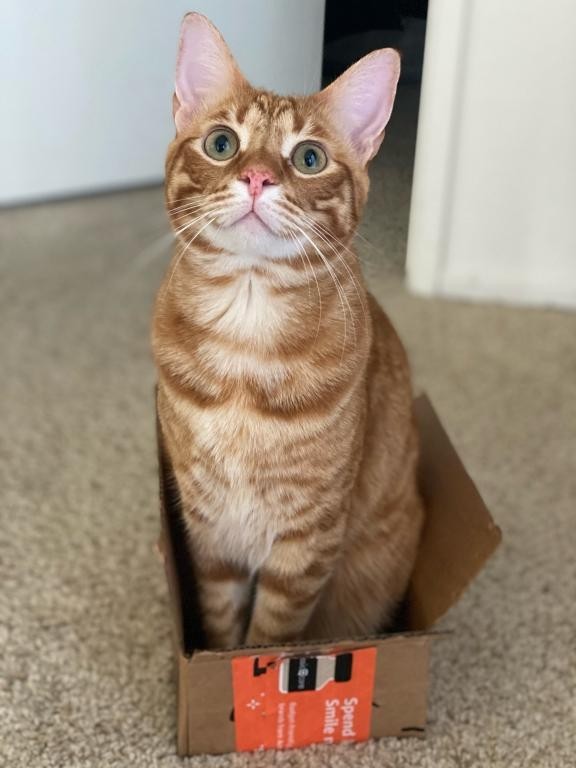


They don’t do well in shelter situations since they’re typically confined to small cages. They’re muscular and can quickly outsmart a cat-proof fence, even opening doors and windows.īengals generally don’t like to be confined, especially to one room or area. Their high energy level means they need challenging interactive playtime as a way to burn energy daily. They also tend to use water as their own personal “litter box” area, too. Whether it’s pouring from the faucet or in a tub or shower or small pool, like their ancestors, they love being in or playing in water. That’s why it’s not unusual to find a Bengal cat sitting as high as they can in a room, on a door frame, on top of cabinets or refrigerators, since they love heights and vertical spaces. In the wild, Asian Leopard Cats are amazing jumpers. They’re extremely muscular, athletic and agile. With their wild cat tendencies, Bengals are usually much more active and talkative than your typical domestic house cat. Personality traits are also extremely important to look at. That’s why pictures can’t really be relied on to identify a Bengal cat.
#Mixed tabby kittens free
OCICAT By Tom Bjornstad, Norway Copyrighted free use And quite a few marbled breeds like the marbled Manx cats, the marbled British Shorthairs, and marbled Oriental and Asian tabbies. There are also many spotted domestic cats that show these – Ocicats, Egyptian Maus, and brown spotted Manx to name just a few. Regular tabby cats can have these characteristics, too. DOMESTIC SEAL POINT TABBY CAT By Cassie J – originally posted to Flickr as Troubles, this version from Wikimedia Commons A cat may have spots or marbled fur, but that doesn’t necessarily make it a Bengal cat. Do other cat breeds show these characteristics, too?īut even if your cat shows all of the above, there are other domestic breeds that exhibit these traits, too. Since the tips of their hair strands have less pigment, light shining through this translucent part of the hair is what makes it appear to sparkle. They’re also known for their glitter appearance i.e. The individual strands of fur are “ticked,” meaning there are bands of 2-3 colors on each strand. It feels much like a rabbit’s, like polished fur. But Bengals have no white on their body, other than possibly in their chin or whisker pad area or on their belly.Ī Bengal cat’s fur is very soft and short. That means the pattern on each side of the cat is very different.īengals and domestic tabbies both have spotted bellies. The spots and marbling is randomly distributed, with no set patterns. They can have either spots, rosettes or a marbled pattern to their coat. They can be silver, brown, black (melasnistic), snow, red, cinnamon, smoke, blue, or torbie. Typical coat and color variations of a Bengal catĪfter many generations of breeding, Bengals can now be found in many coat colors. The resulting F1 generation (50% Asian Leopard Cat and 50% domestic cat) was named a Bengal cat and the breed became marketed as “toy leopards.” In the early 1960’s, a breeder cross bred a black domestic shorthair cat with a wild female Asian Leopard Cat. Photos and descriptions just aren’t enough. Without a bill of sale, some sort of registration/pedigree papers from the breeder, or more information from whoever surrendered the cat in the first place, there’s really no way to guarantee the type breed the cat may be. Tabby cats and Bengal cats can often look very similar. Whenever we share a photo of one of the dozens of hybrid wild cats we’ve rescued, someone always asks the question, “Could my rescue be a Bengal?”


 0 kommentar(er)
0 kommentar(er)
